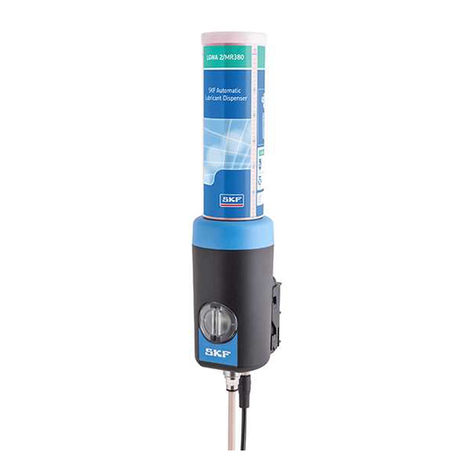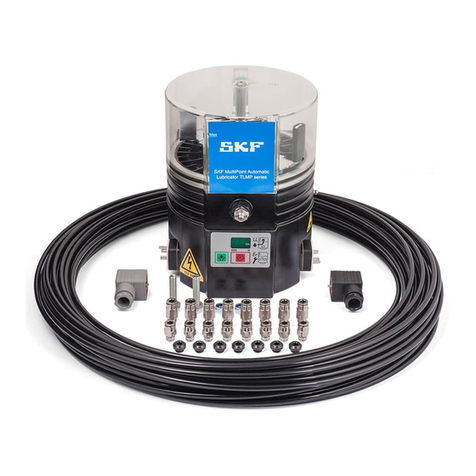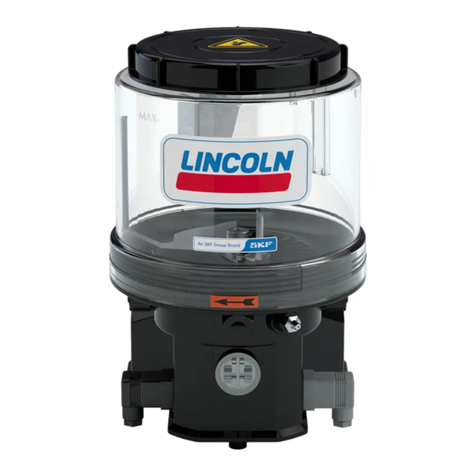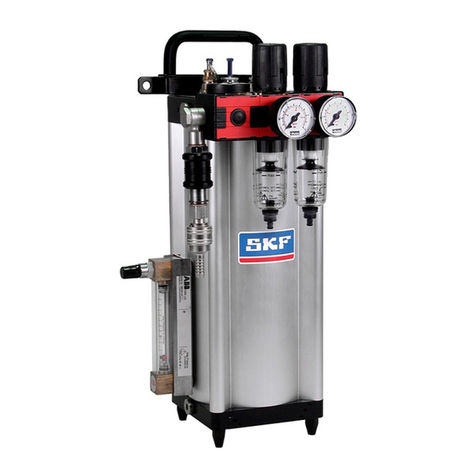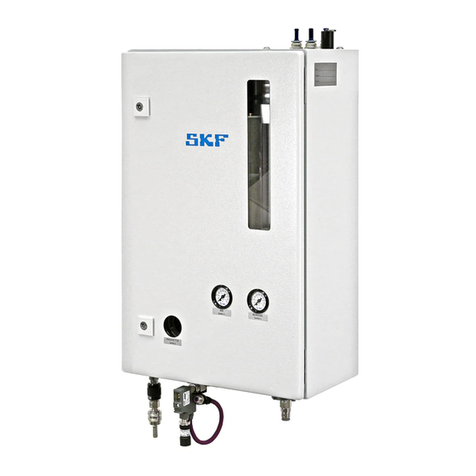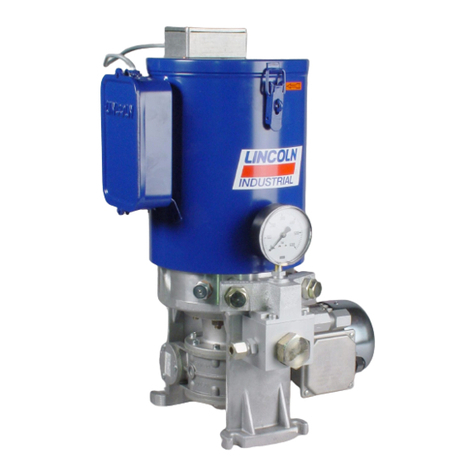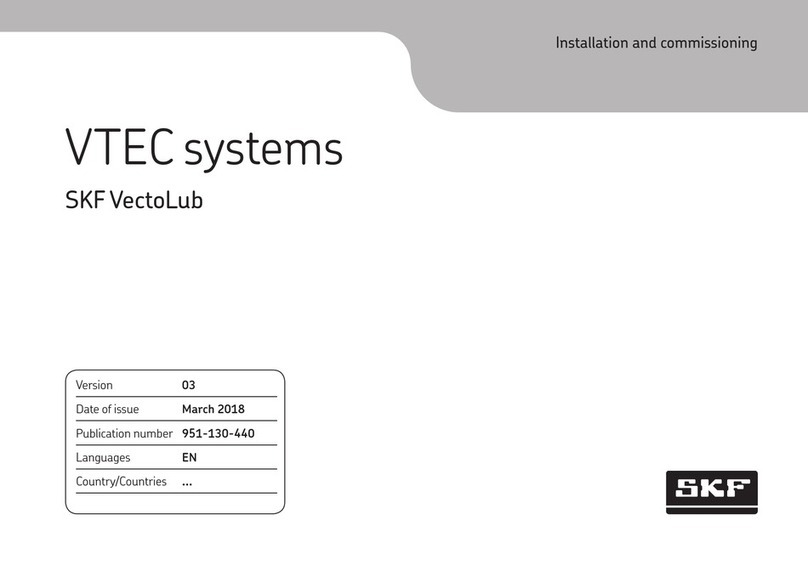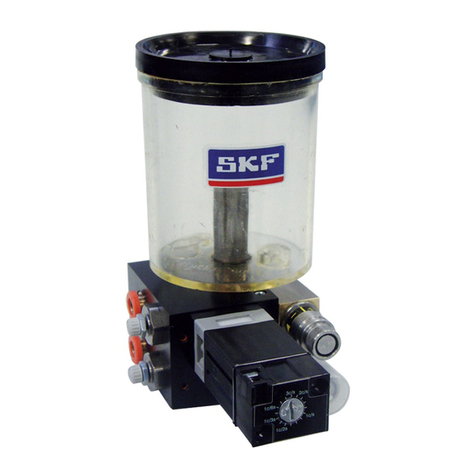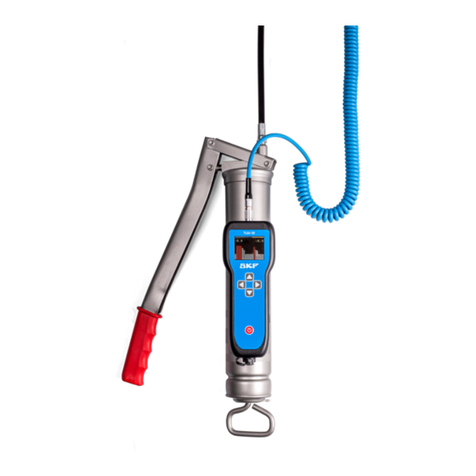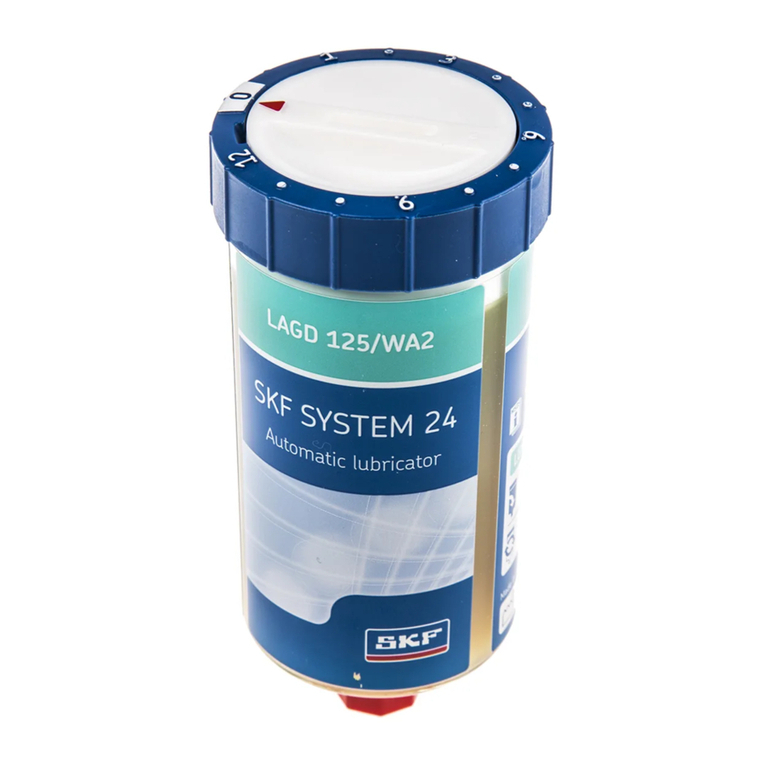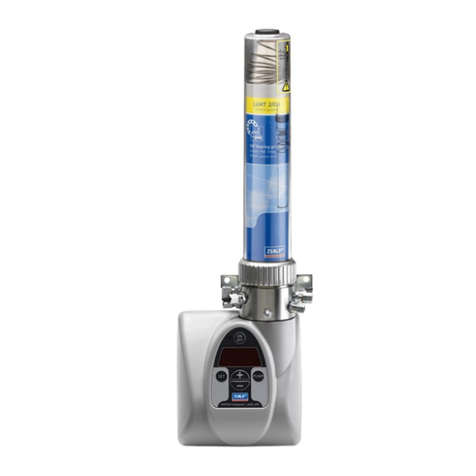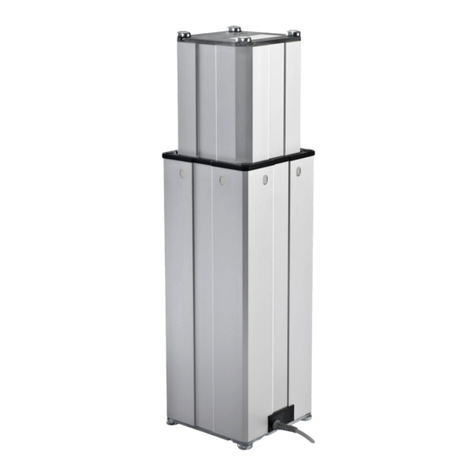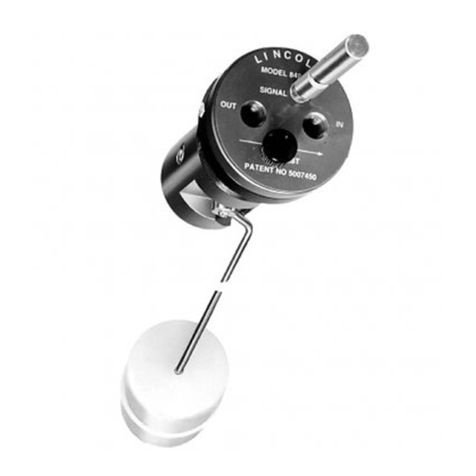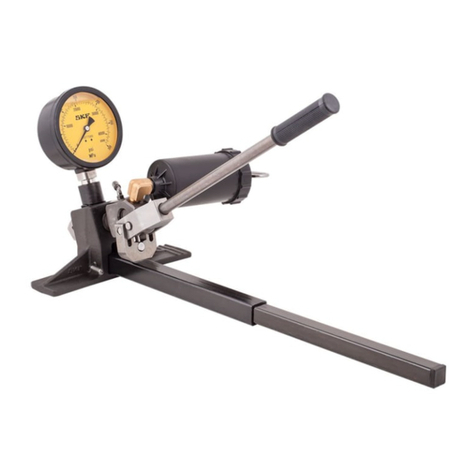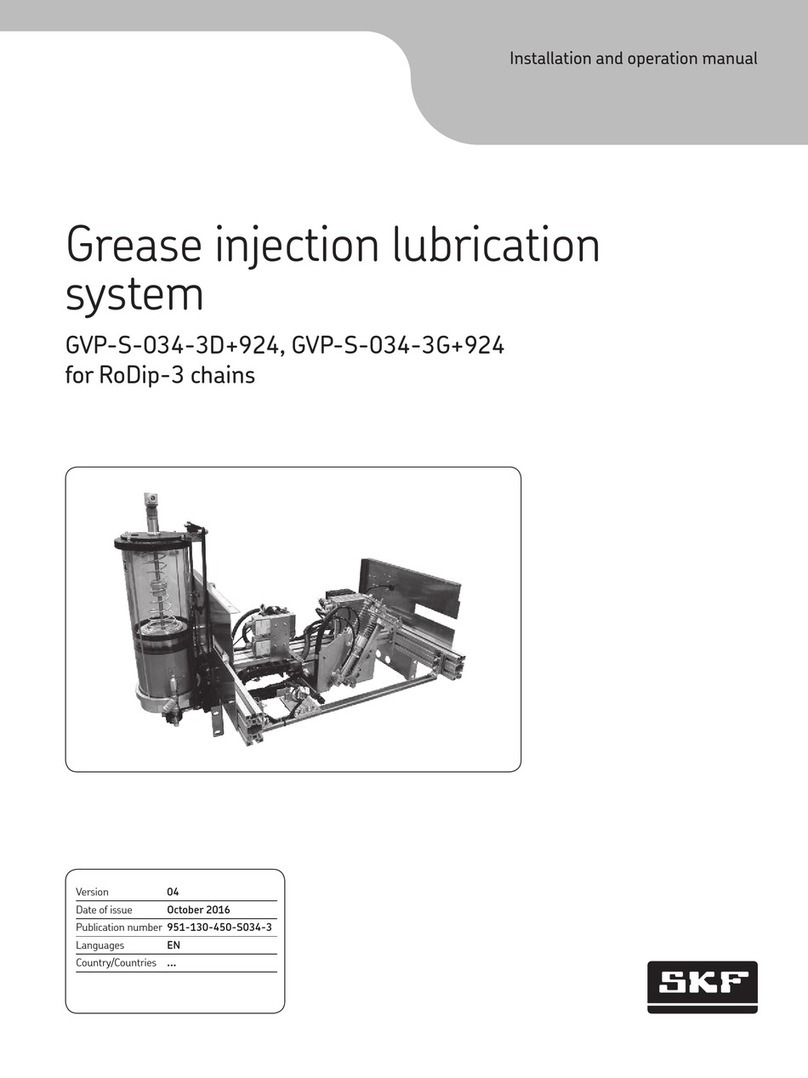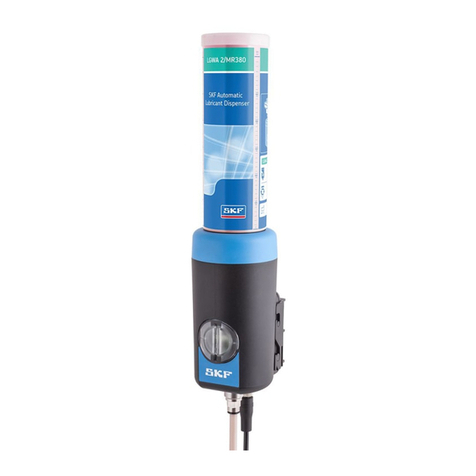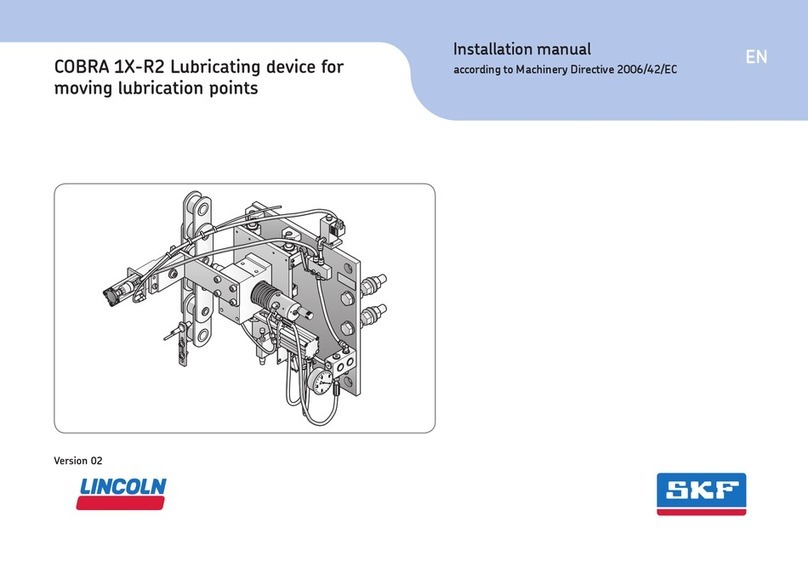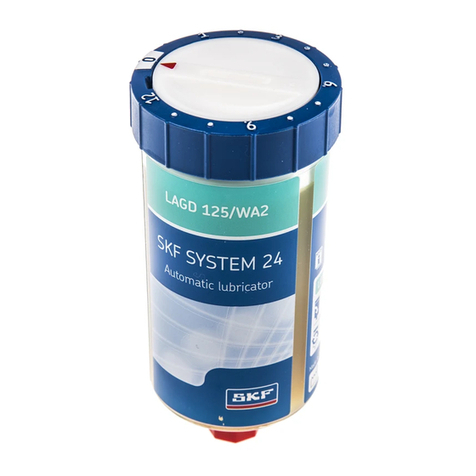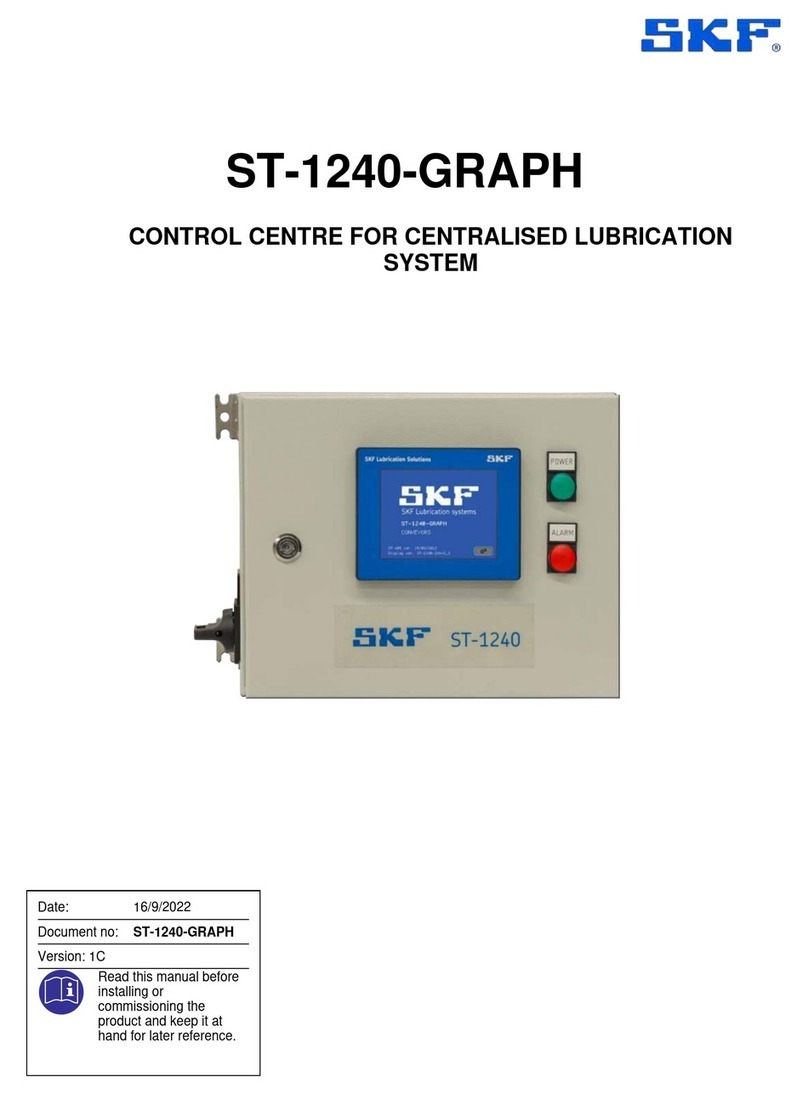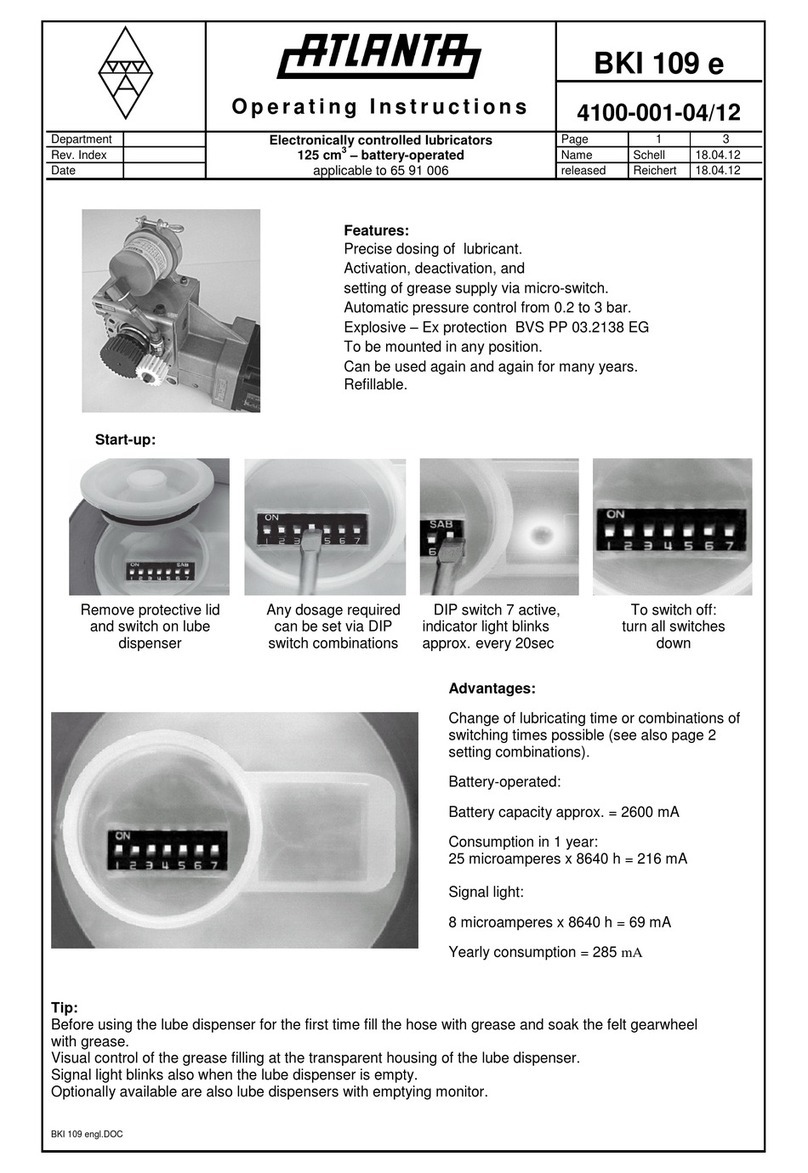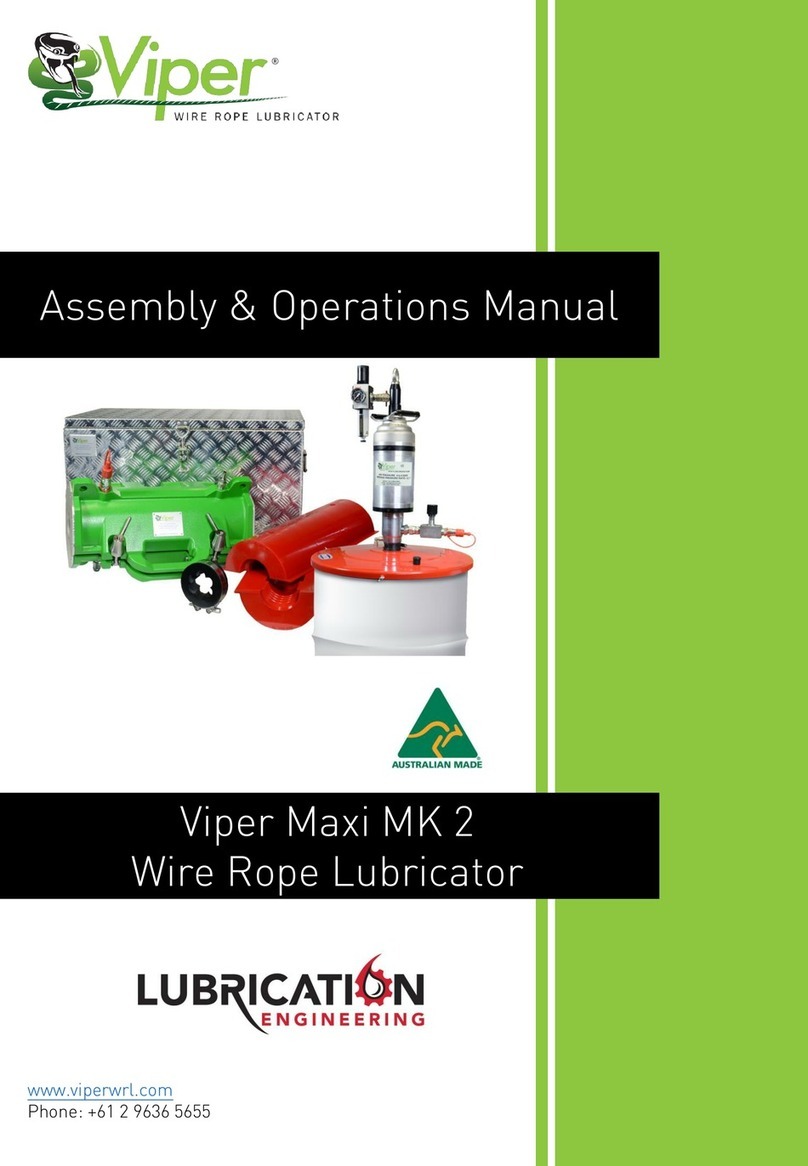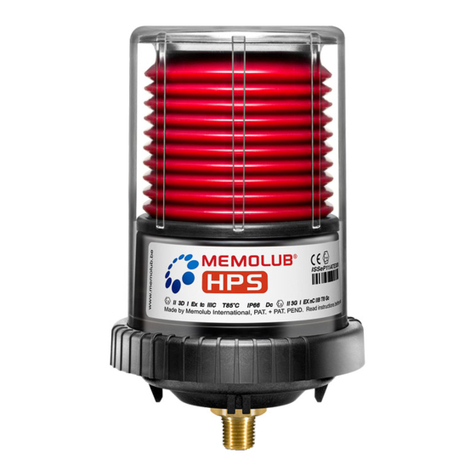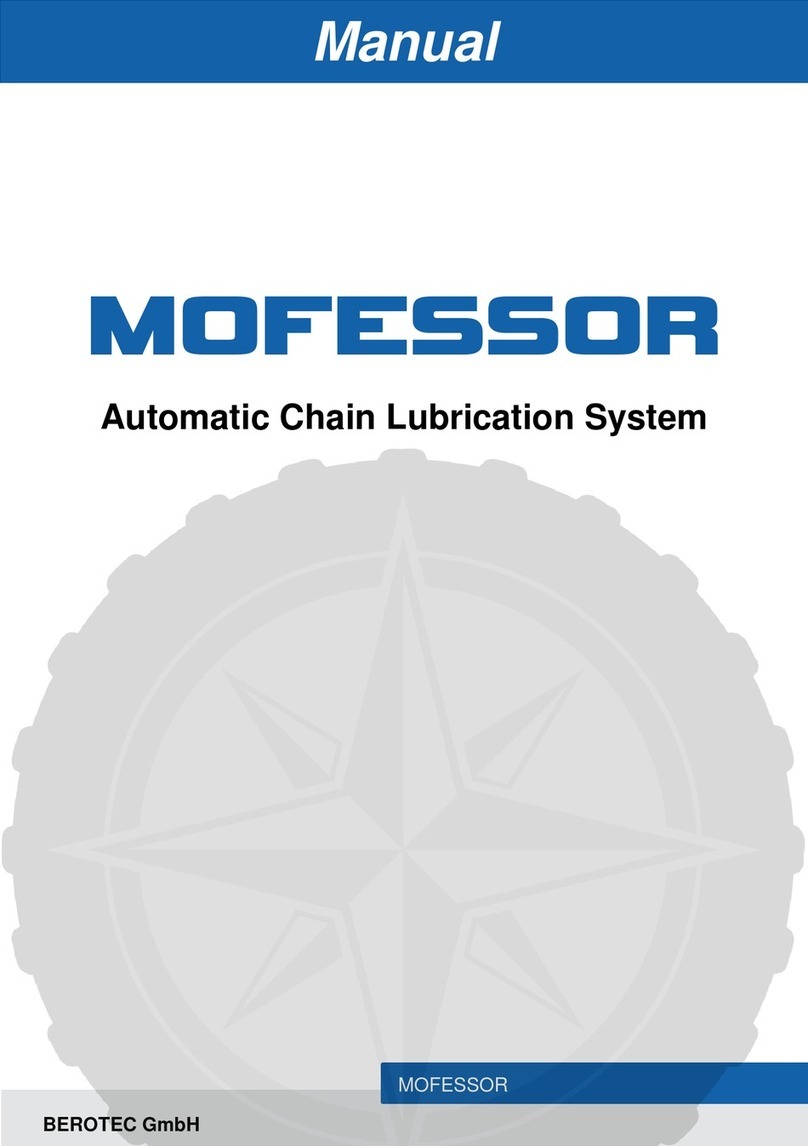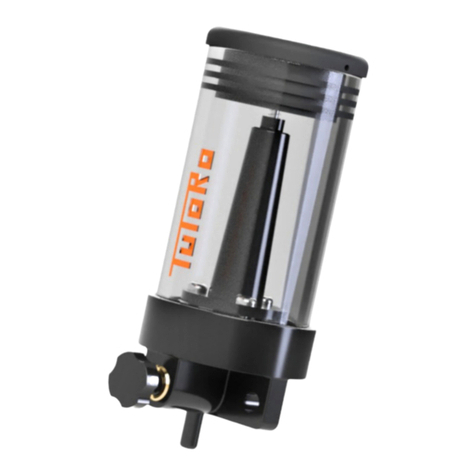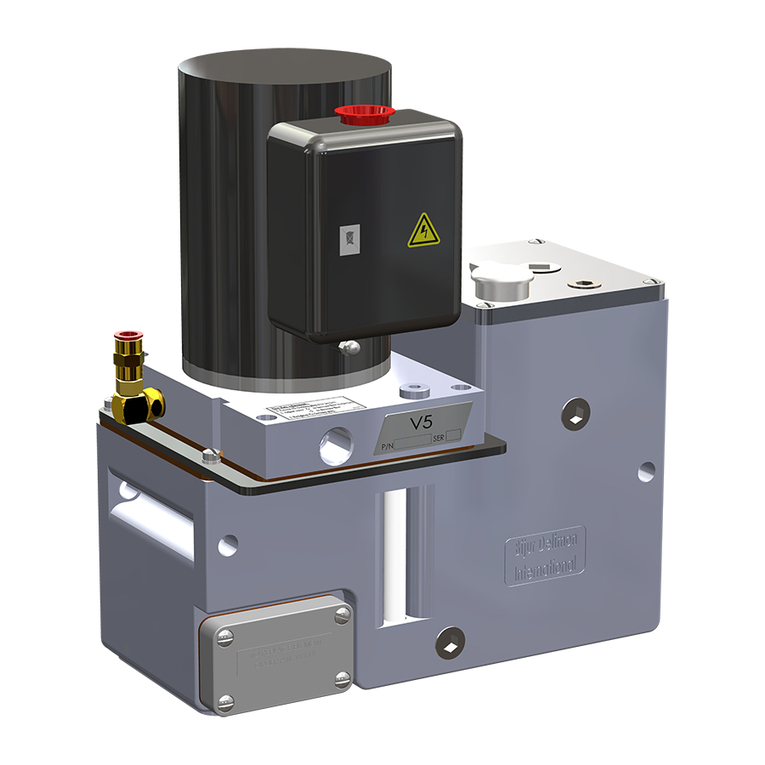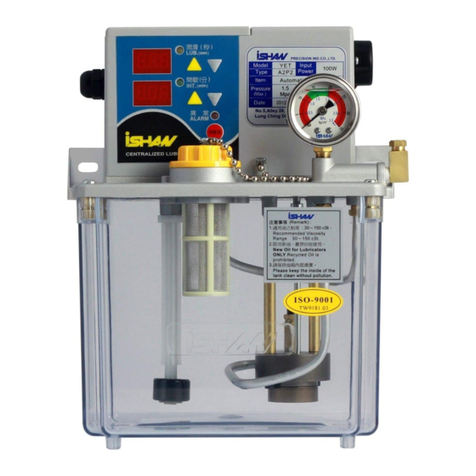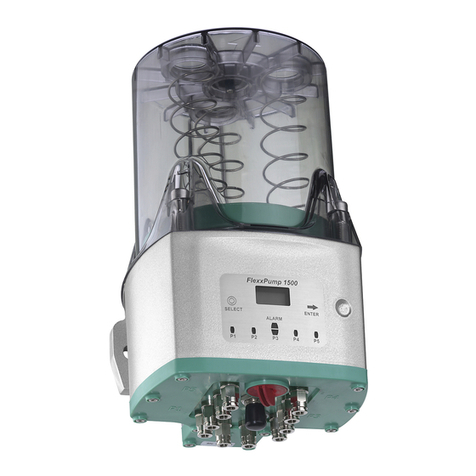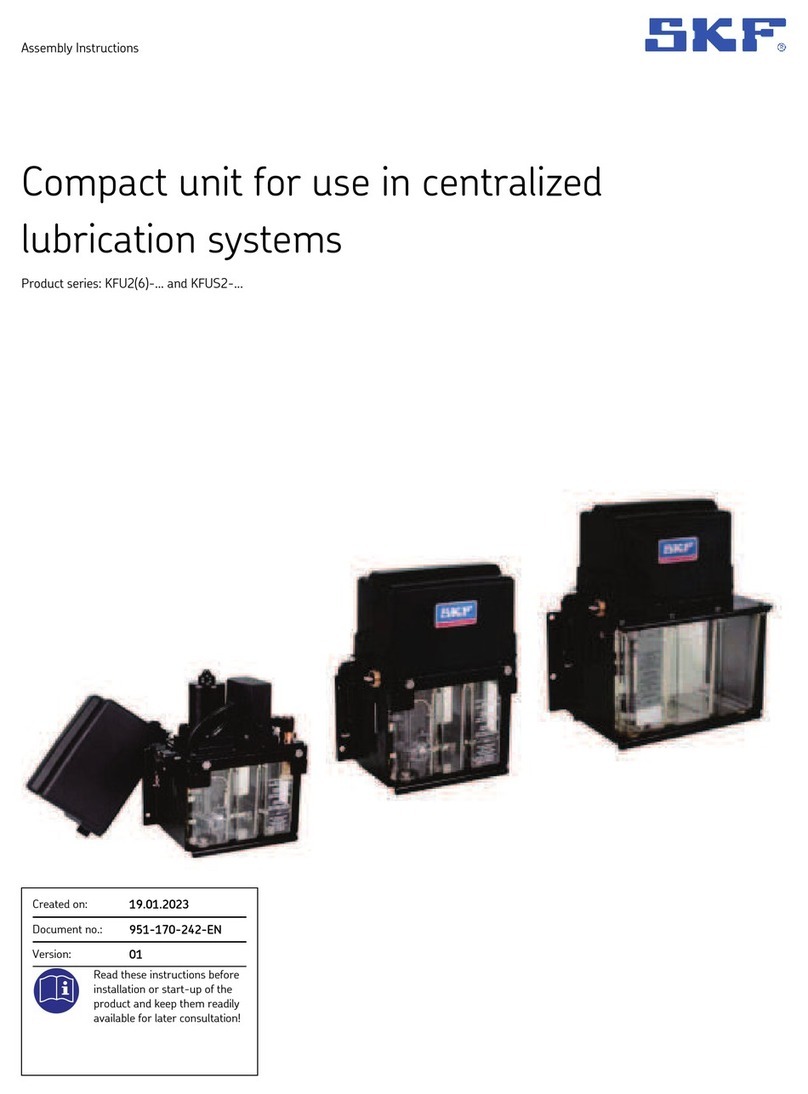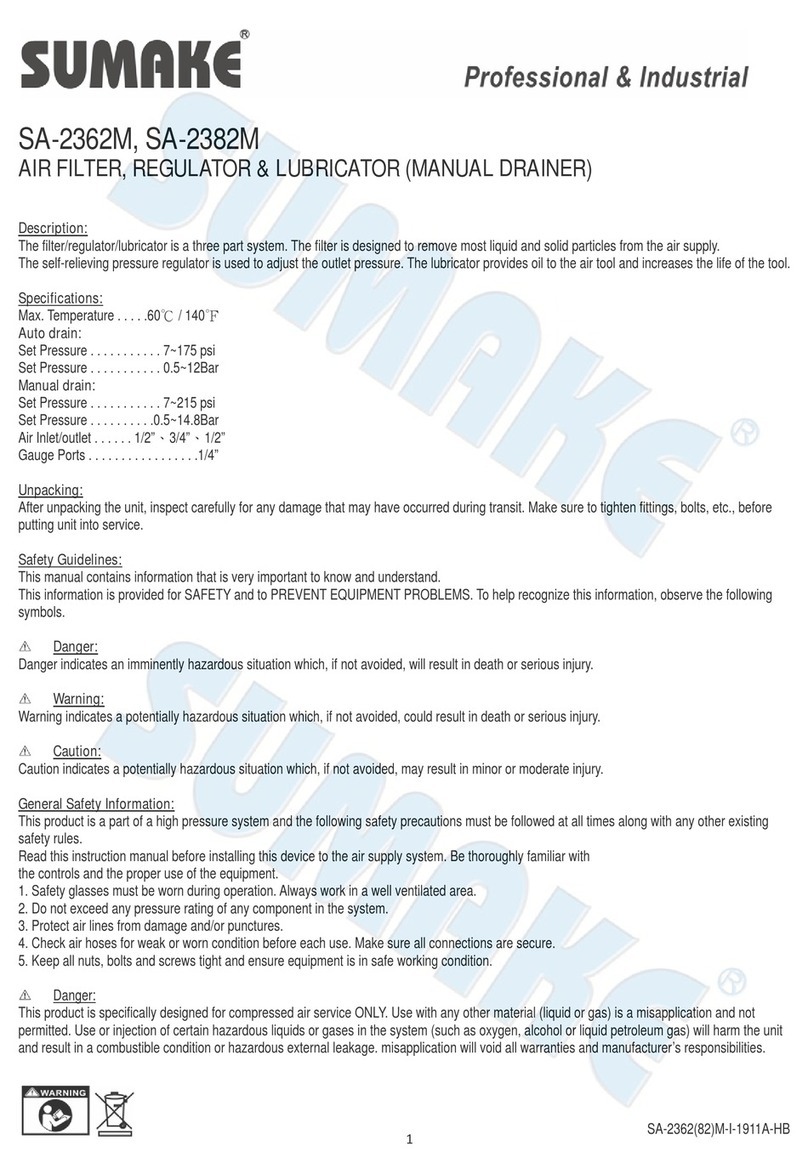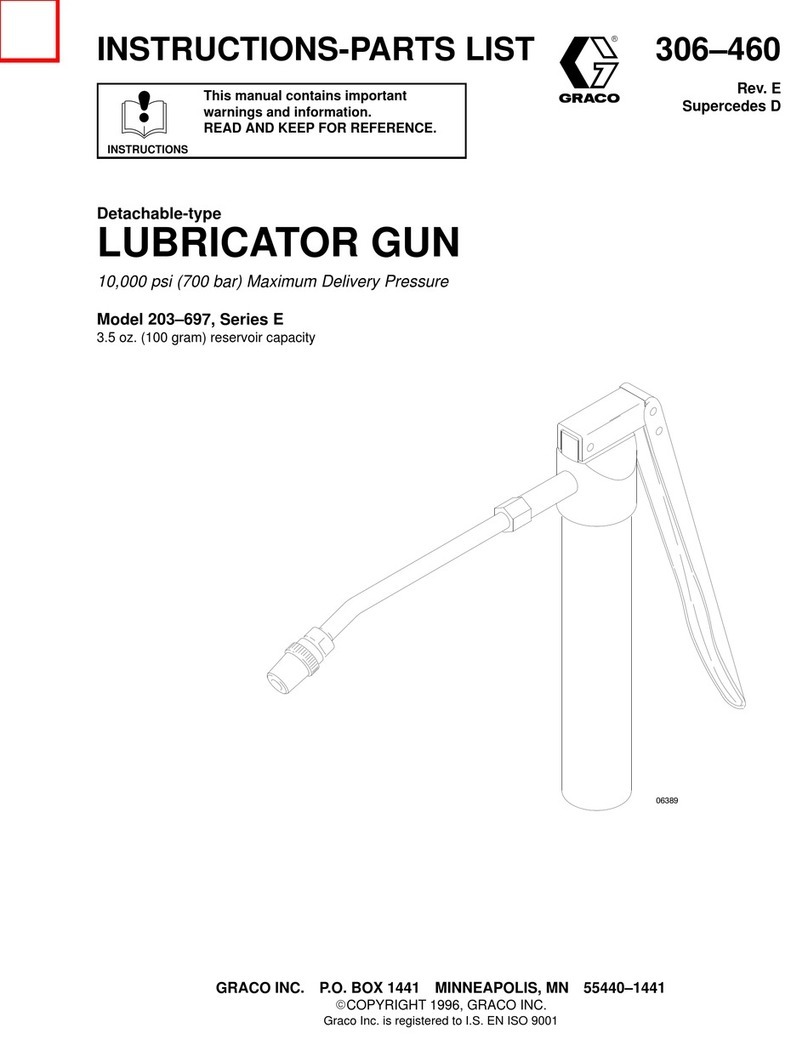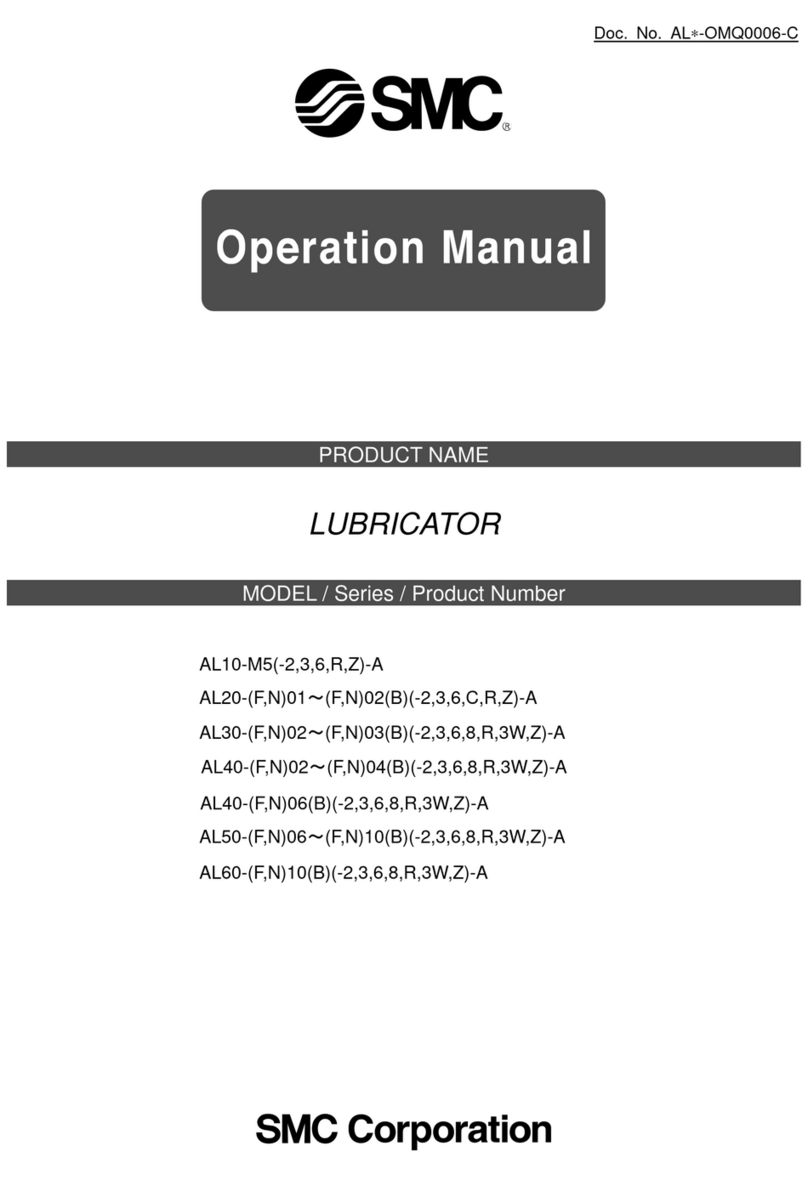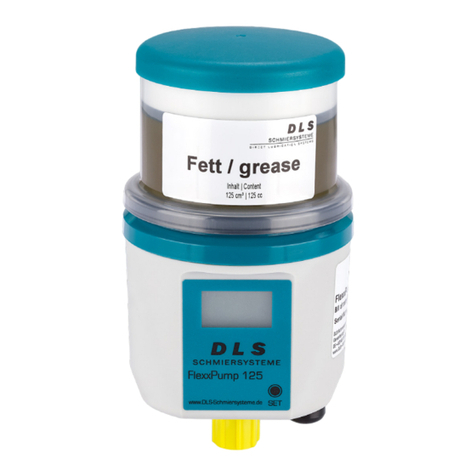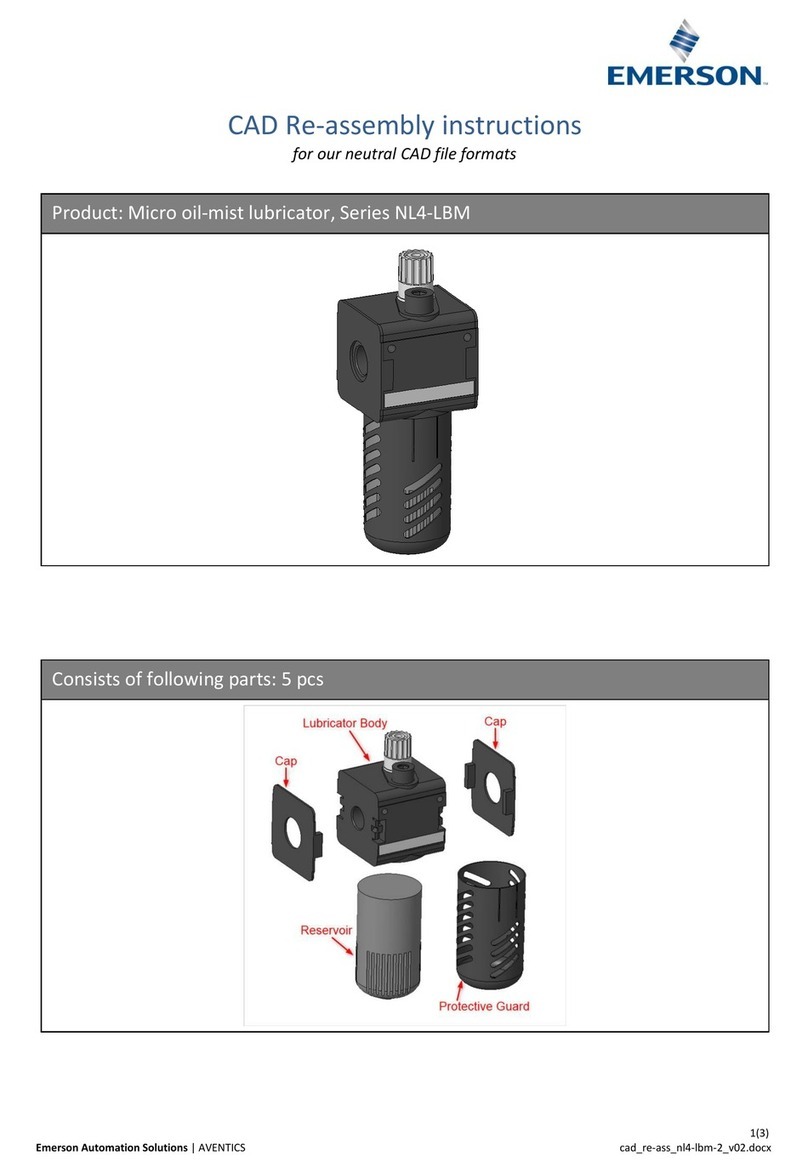
5
Table of contents
Original EC Declaration of Incorporation in accordance with
Directive 2006/42/EC, Appendix II Part 1 B..................... 2
Original UK Declaration of incorporation according to the Supply
of Machinery (Safety) Regulations 2008 No. 1597 Annex
II .............................................................................................. 2
Masthead.............................................................................................4
Table of contents ...............................................................................5
Safety alerts, visual presentation, and layout................................ 7
1. Safety instructions ........................................................................8
1.1 General safety instructions ....................................................8
1.2 General electrical safety instructions ...................................8
1.3 General behaviour when handling the product...................8
1.4 Intended use ............................................................................8
1.5 Persons authorized to use the product................................8
1.6 Foreseeable misuse ................................................................9
1.7 Referenced documents...........................................................9
1.8 Prohibition of certain activities..............................................9
1.9 Painting plastic components and seals ................................9
1.10 Safety markings on the product .........................................9
1.11 Note on the type plate..........................................................9
1.12 Notes on CE marking ...........................................................9
1.13 Note on Low Voltage Directive ........................................ 10
1.14 Note on UKCA marking ..................................................... 10
1.15 Note on EAC marking........................................................ 10
1.16 Note on China RoHS mark ............................................... 10
1.17 Emergency shutdown........................................................ 10
1.18 Assembly, maintenance, fault, repair.............................. 10
1.19 First start-up, daily start-up ............................................ 10
1.20 Residual risks...................................................................... 11
2. Lubricants.....................................................................................12
2.1 General information............................................................. 12
2.2 Material compatibility .......................................................... 12
2.3 Temperature characteristics............................................... 12
2.4 Ageing of lubricants ............................................................. 12
2.5 Avoidance of malfunctions and hazards ........................... 12
3. Overview, functional description ...............................................13
3.1 Overview................................................................................ 13
3.2 General .................................................................................. 14
3.3 How Oil+Air lubrication works ............................................ 14
3.4 Fields of application ............................................................. 14
3.5 Design.................................................................................... 14
3.6 Functional description ......................................................... 15
3.6.1 Hydraulic diagram of an Oil+Air lubrication unit.. 16
3.7 Description of components ................................................. 17
3.7.1 Gear pump unit......................................................... 17
3.7.2 Compressed air regulating valve............................ 17
3.7.3 Pressure switch for minimum air pressure.......... 18
3.7.4 Oil+Air mixing valve with metering........................ 18
4. Technical data..............................................................................20
4.1 Type identification code....................................................... 22
5. Delivery, returns, storage...........................................................24
5.1 Delivery.................................................................................. 24
5.2 Return shipment .................................................................. 24
5.3 Storage .................................................................................. 24
5.4 Storage temperature range................................................ 24
5.5 Storage conditions for products filled with lubricant ...... 24
5.5.1 Storage period up to 6 months.............................. 24
5.5.2 Storage period between 6 and 18 months .......... 24
5.5.3 Storage period more than 18 months .................. 24
6. Assembly.......................................................................................25
6.1 General .................................................................................. 25
6.2 Setup and attachment......................................................... 25
6.3 Assembly drawing with minimum mounting dimensions26
6.3.1 Minimum mounting dimensions ............................ 26
6.3.2 Attachment of an Oil+Air lubrication unit ............. 27
6.4 Electrical connection ............................................................ 28
6.4.1 Electric motor connection ....................................... 28
6.4.2 Oil dirt indicator switch............................................ 29
6.4.3 Pressure switch for minimum air pressure (DL) . 29
6.4.4 3/2 directional control valve for switching
compressed air on and off................................................. 30
6.4.5 Inductive loads .......................................................... 30
6.5 Control and monitoring ....................................................... 30
6.5.1 Oil+Air lubrication unit without control unit ......... 30
6.5.2 Terminal diagram 230/115 VAC without control
unit........................................................................................ 31
6.5.3 Terminal diagram 24 VDC without control unit .. 32
6.5.4 Oil+Air lubrication unit with control unit............... 33
6.5.5 Terminal diagram 230/115 VAC with control unit
.............................................................................................. 34
6.5.6 Terminal diagram 24 VDC with control unit ........ 35
6.6 Air supply line connection ................................................... 36
6.7 Lubrication line connection................................................. 37
6.8 Bleeding the Oil+Air mixing valve MV20x......................... 38
6.8.1 Bleeding the main oil channel ................................ 38
6.8.2 Bleeding the oil outlets............................................ 39
6.8.3 Bleeding the metering mechanisms...................... 40
6.9 General information on lubrication line routing............... 40
7. First start-up................................................................................41
7.1.1 Setting up.................................................................. 42
8. Operation......................................................................................43
8.1 General .................................................................................. 43
8.1.1 Oils permitted ........................................................... 43
8.2 Feed of lubricant to the bearing......................................... 43
8.3 Setting the lubricant flow rate............................................ 44
8.4 Adjusting the air flow rate................................................... 46
8.4.1 Air flow rate in Nl/min ............................................. 47
8.5 Changing metering on MV20x-1.. ..................................... 48
8.6 General notes........................................................................ 48
9. Maintenance and repair .............................................................50
9.1 General .................................................................................. 50
9.2 Maintenance and repair ...................................................... 50
9.3 Cleaning the compressed air filter ..................................... 51
9.4 Cleaning the oil filter............................................................ 51
10. Cleaning......................................................................................52
10.1 Basics................................................................................... 52
10.2 Interior cleaning................................................................. 52
10.3 Exterior cleaning ................................................................ 52
11. Faults, causes, and remedies ..................................................53
11.1 General................................................................................ 53
11.2 Malfunctions and their resolution.................................... 53
12. Repairs........................................................................................55
13. Shutdown, disposal...................................................................55
